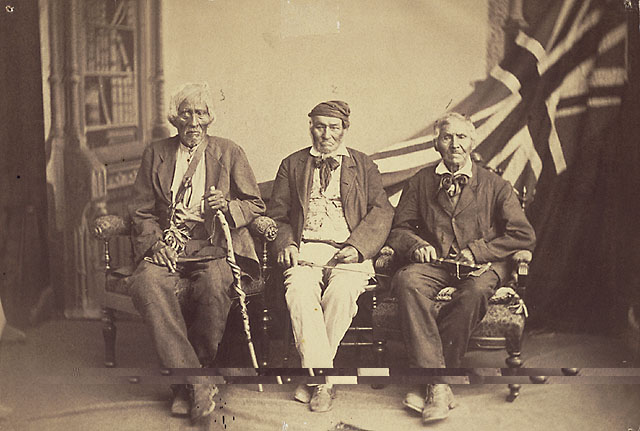Privateering During the War of 1812
Privateering refers to government licensing of private vessels to wage war. In Canada, privateering dated back to Samuel Argall's attack in 1613 on Port-Royal, Acadia. From 1756 to 1815 British privateers sailed from Halifax, Liverpool and other Atlantic ports, cruising as far south as Venezuela. The Napoleonic Wars presented ample opportunity for privateers, as did the War of 1812.
Privateering began with a business transaction when merchants invested risk capital. Occasionally, a ship was built for the express purpose, but more often a merchant vessel was converted. A privateering licence (letter of marque) was acquired from the governor and the vessel was armed appropriately. Privateersmen signed aboard in the hope of sharing prize money. A captured vessel and its cargo were sent before the Court of Vice Admiralty in Halifax and, if judged to have been taken legally, were sold at public auction. Some businessmen, such as Enos Collins, got very rich from privateering.
The War of 1812 was the last major war in which private armed vessels played an important role. Unlike naval vessels, privateers were looking for prizes and profits and almost invariably fled from hostile warships. The advantages a privateer had over a merchant vessel were not only its armament but also a large crew of up to 50, compared to the crew of 3 or 4 that might be carried by a small merchant ship.
American Privateers in the War of 1812
During the War of 1812, the Americans were first to fit out privateers. The early vessels were small, often carrying a single gun. As the war progressed, their manpower and armament increased. The privateer America, sailing out of Salem, Mass, carried 20 guns and reportedly captured 26 prizes. Known for their speed, the American privateers were coveted by the British. Occasionally a privateer chose to fight instead of fleeing. The 7-gun Decatur, sailing out of Charleston, fought a fierce duel with a Royal Navy warship, inflicting large casualties.
American privateers took a fearful toll on British merchant shipping during the War of 1812, often seizing and sinking ships in the Irish Sea and other traditional English sanctuaries. By 1814, British maritime insurance firms routinely charged an unprecedented rate of 13% on shipments between England and Ireland. According to the Navy Chronicle, "this rate was three times higher than it was when we were at war with all of Europe."
Canadian and British Privateers in the War of 1812
Less is known of the Canadian privateers during the War of 1812, but in the whole period of the Napoleonic Wars the British government issued more than 4000 commissions. Canadian privateers preferred to rely on small, lightly armed vessels and cruised fairly close to home. Halifax teemed with ships either preparing for cruises, or guarding their prizes. Of some 40 privateers the most successful were the Sir John Sherbrooke, the Retaliation and the Liverpool Packet. The schooner Liverpool Packet was the most successful privateer of the whole War of 1812, with some 50 prizes valued at between $264 000 and $1 000 000. A former slaver captured by the Royal Navy, it carried a crew of 40 men and 5 carriage guns. The vessel's owners bought the schooner for £420.
The largest and fastest British privateer, the brig Sir John Sherbrooke, only sailed for one year, in which it captured 18 prizes. When HMS Shannon engaged and defeated the USS Chesapeake, the Sir John Sherbrooke supplied the British ship with much-needed reinforcements.
The privateers of Nova Scotia played an integral role in closing American ports during the War of 1812. They were a valuable source of intelligence for the Royal Navy on American strength and ship movements. While 15 commissioned ships from New Brunswick and Nova Scotia failed to capture any prizes and another 10 only took one each, the remaining privateers made fortunes for their owners.
Privateers also operated on the Great Lakes. In July 1813 two small American sloops, the Neptune and the Fox, sprang a trap on a flotilla of bateaux in the St Lawrence River, making off with meat, bread and ammunition.
Privateering from Canadian ports ceased in 1815 with the Treaty of Ghent, although it was not ended by international convention until the Declaration of Paris in 1856.

 Share on Facebook
Share on Facebook Share on X
Share on X Share by Email
Share by Email Share on Google Classroom
Share on Google Classroom


